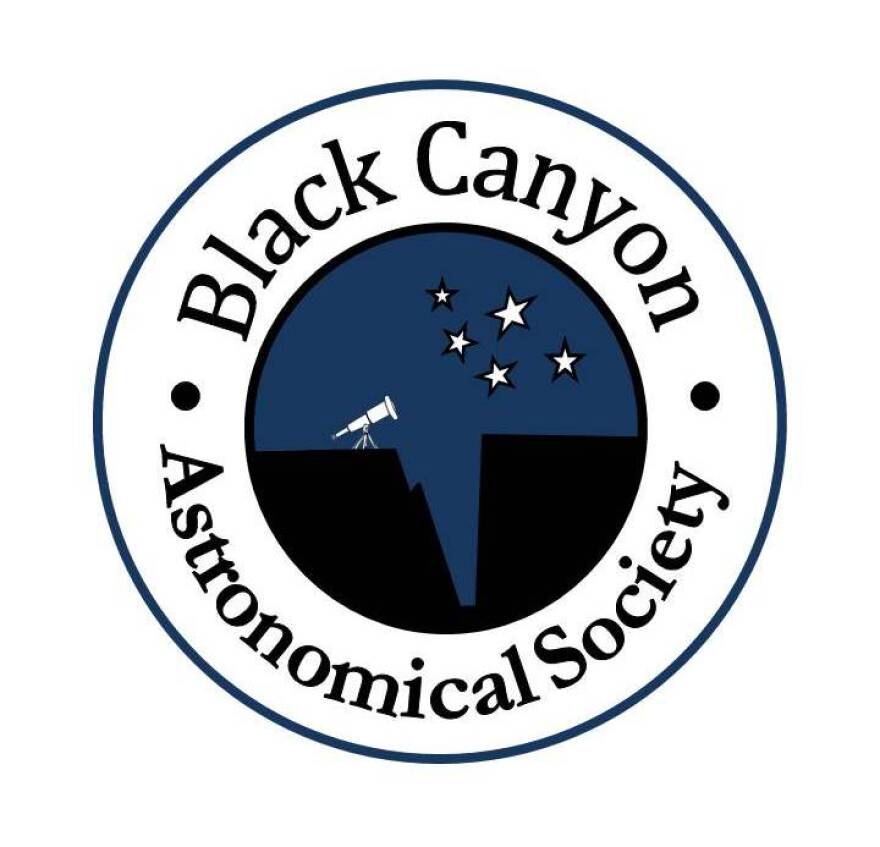Have you ever have taken a long, time-exposure photo? Say, 30 seconds long? You can image stars, and even the Milky Way. What if you took a very long time-exposure photo of a seemingly empty part of the sky with a large telescope? Say, 22 hours long!
The people who run the Hubble Space Telescope asked that question. This Team’s objective was to look past the confines of our Milky Way Galaxy, and photograph what lies beyond in order to better understand the distant reaches of our universe.
The 2.4-meter-wide mirror of the Hubble Telescope is far smaller than many of its ground-based counterparts. But, this telescope orbits above Earth’s atmosphere, so it’s never hindered by airglow and atmospheric turbulence. Consequently, the Hubble Telescope can image fainter objects in much greater detail than larger, ground-based telescopes.
The Hubble Team pointed the Telescope at an apparently empty part of the sky in Fornax, a constellation of faint stars, southwest of Orion. The targeted region is less than 1/50 the apparent area of the full Moon on the sky. That’s equivalent to looking at the sky through an 8 ft-long soda straw! More than 2,000 separate exposures in both visible and infrared light were stacked to create the final, eXtreme Deep Field image.
So, what did the Hubble Telescope see? Only one foreground star belonging to our own Milky Way Galaxy. But the image contains more than 10,000 distant galaxies, some as large or larger than the Milky Way, but others, relatively small and oddly shaped. Because of light’s finite speed, the eXtreme Deep Field not only ranges far into space, but it also reaches far back in time. The most distant galaxies in the eXtreme Deep Field appear as they existed about 13.2 billion years ago! If this is representative of the entire sky, the observable universe contains more than 100 billion galaxies! And, each galaxy likely contains stars numbering into the tens of millions to hundreds of billions! The Hubble eXtreme Deep Field shows that our Universe is truly immense!

Western Slope Skies is produced by members of the Black Canyon Astronomical Society. This episode was written and recorded by Art Trevena.
Web links:
www.spacetelescope.org/science/deep_fields/
www.nasa.gov/mission_pages/hubble/science/xdf.html
www.spacetelescope.org/videos/heic1214a/



